HOW TO SELL ART ONLINE: TOP 20 TIPS.
Wondering how to start selling your art or designs online? Here are my top 20 tips on how to do it so that you can get started and grow faster.
In this video, I talk about how to make income licensing your art and/or repeat pattern designs, or templates on multiple different types of websites. I share my advice for beginner artists or designers who want to start selling their art online or grow their online portfolios faster.
MENTIONED IN THIS VIDEO:
Disclaimer: If you purchase recommended products via my affiliate links I get a small compensation. This helps me create more videos for you! Thank you so much for your support! 🙂
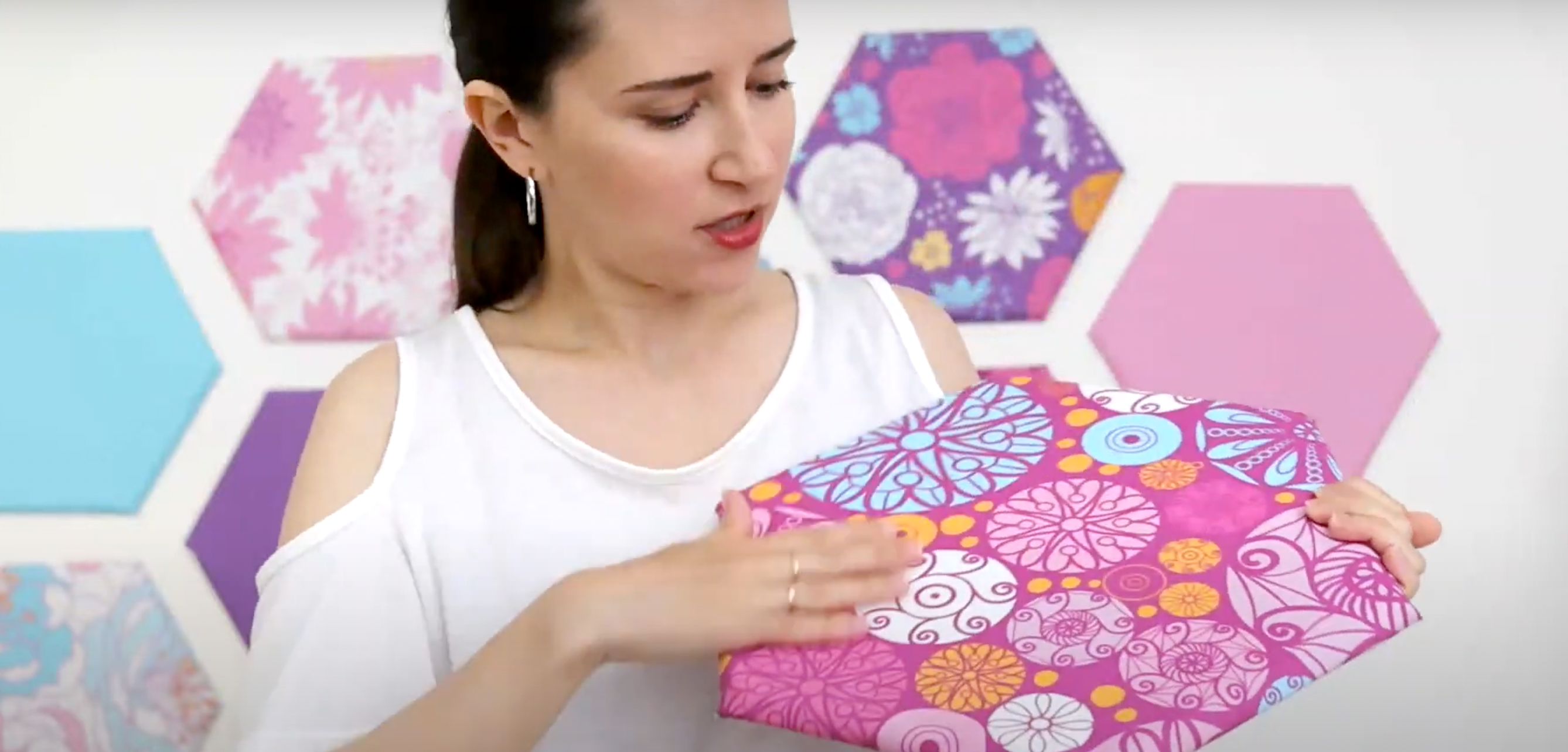
Hi there! I am Oksancia and I have experience with digital files in particular, which are vector illustrations, raster illustrations, vector and raster repeat pattern designs for fabric or wallpaper, as well as templates and different kinds of greeting cards, menus, and things like that.
I’m excited to share my top 20 tips on selling art online with you. I have been a professional textile designer and a children’s book illustrator for 15 years now selling online my art and designs and receiving all kinds of different experiences from this process. And my experience started 15 years ago with vector illustrations. And I am selling from multiple different websites in different kinds of digital products from that point on until now.
Please note: this is not a final list of all tips possible for this topic. These are just the tips that I am asked the most over the last few years from my audience. So, I hope you find it useful.
_____________________
Tip number 1 – your art and designs to be selling online, as a rule, need to be useful to somebody.
“Useful” doesn’t really only imply that they can take it and print it on something on their product, like a backpack let’s say. Like in the case of a vector repeat patterns. But they can also be inspiring. They can be visually beautiful that they, your customers, can hang the art on their wall printed or buy a print from you. So it has to appeal to somebody enough to buy it. This is very, very important to remember.
Tip number 2 – this is not a get-rich-quick scheme.
I think many artists are beginner artists or designers, they feel like this is something where they can make 10 pieces of art or designs, put it out there on the Internet, and all of a sudden they are rich very quickly. This is not how it works. At least not as a rule, not in my experience, however hard work and consistency over time really can give you great results.
Point number 3 – you have to be over 18 years old to sell on most of the websites.
At least the ones that I tried myself, or I guess you can have a legal guardian like your parents represent you, but you need to go more into detail. On most sites, you have to be over eighteen.
Point number 4 – you have to be willing to be creating consistently over many years.
Again, as I repeated in the beginning, you have to be able to dedicate yourself to create your art, create your designs, and many different versions of what you’re creating on a consistent basis. Usually throughout the years. This will give you lots of joy as a creative person, but also will start building your portfolio or multiple portfolios to start selling online.
Tip number 5 – you need to have a way to receive payments from various different websites
or from your design clients that you will work one-on-one with. This usually entails having a PayPal account and being able to receive payments on that account.
I know in some countries there are PayPal accounts, but people cannot receive payments on it as of yet. You need to research that for your particular country. In the United States, for example, or in the Netherlands where I received payments in those countries, you were able to receive a payment.
There’s also Stripe. There’s also Payoneer, but if you can not get these in your country don’t worry. There are still different ways. Some of the websites will be able to mail you a check, physical check, every few months or every month, depending on how much you make. But this is a very important point to research.
Tip number 6 – organize your files right away from the start,
or if you already have a library and it’s not organized, sit down and organize the files. I, in particular, do not like to organize my files and I still have some places on my computer that are not very organized. However, the places that I did organize from the start and created the folder system and the structure that I could remember really paid off in the long run.
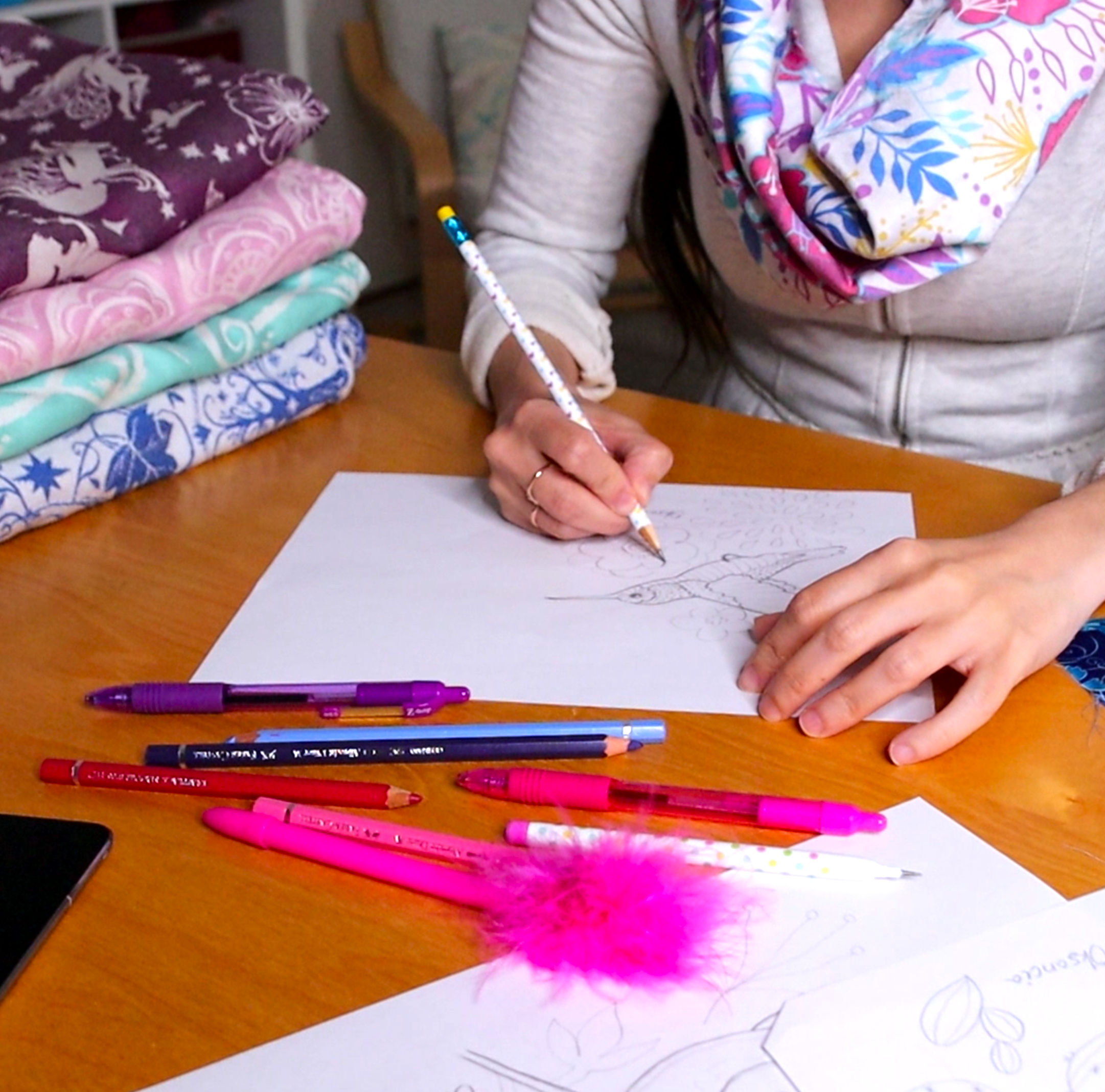
Tip number 7 – create your designs and artwork faster using automation.
Speed up your processes when you are using automations. For example, I use Adobe illustrator a lot, and I know Photoshop does it too. You can create scripts or download purchased scripts. You can create templates, you can create actions, or purchase them online for your process to become much faster. And in a way, you can think of it. I go through these 10 steps to perform this action. Let’s say you finished your work on a design, you want to save it, you click that action button and it will just take a split second instead of three minutes, five minutes. And it really adds up over the years in your processes if you set up these automations.
Also, think about project management, like, how are you managing these projects that you are working on, how you’re managing this website and what you need to create for which website? You need to think that through and set up your automations.
Tip number 8 – know which license you are selling to your customers.
And I am not a lawyer, so I will not go too deep into this. But basically, you can sell all your rights to the client, like exclusive rights. So only one person will be able to use that. Or you can sell just the rights to do something in particular. Only for these backpacks and only for one year or five-year time. So there are a lot of differences in that. I recommend that you research that further or talk with a lawyer, of course, but this is a topic that you need to look into.
Are you enjoying the tips so far? I hope you do. Please give me a like right now so that I can share my videos all across YouTube. It really helps with spreading the word out and they really appreciate it.
Tip number 9 – learn to optimize your files for the correct metadata,
which means titles, descriptions, keywords, hashtags, whatever you’re using on each particular website, you need to be able to optimize it and know what to put in those fields. And some artists just skim by. They think that it’s not necessary or even important. But without those details, those text pieces, you will not be able to get your files found by search engines, such as Google or those search engines that work in each of those websites that you are selling on.
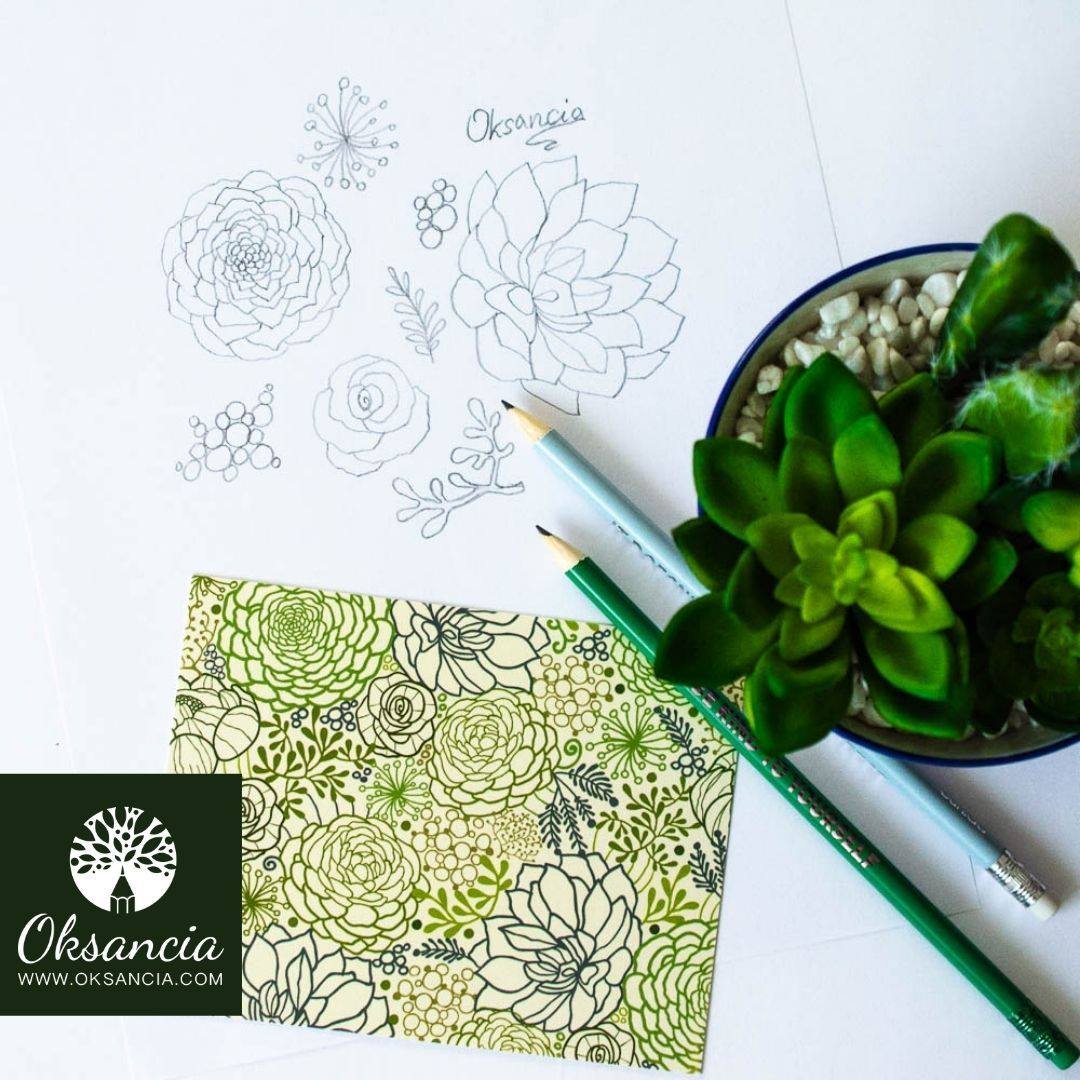
Now let’s talk about websites I have experience selling on, and that I recommend that you check out.
Tip number 10 – microstock websites.
These websites have been the most useful for me and have been selling the most over the many, many years. So I do recommend trying them out for your own art. And if you are creating vector repeat patterns or illustrations or templates, like in my case, you are definitely can sell them there, or you can sell photos, or you can sell your artwork in the raster format. So there are a few different options that you can sell on Microsoft websites. So I recommend that you check them out and you license those files, whatever they’re vector or raster to your clients. Examples of these websites would be Shutterstock and Adobe Stock, and there are many, many others.
Tip number 11 – another type of website are print on demand websites,
which are websites where you can upload your artwork in the raster format and it will be printed on a mug, a t-shirt, a cup, a sticker, whatever you want to. Or it can be also bedding and things like that. And then customers purchase how many copies they need from that website. There are many different websites, namely, I tried Redbubble and Zazzle with good results.
Tip number 12 is scrapbooking papers with your patterns or different kinds of templates
and things that people can customize and print on Etsy. I haven’t tried this particular one yet. However, I’ve heard people having good results with these as well.
Tip number 13 – templates.
You can sell them on Etsy or another way to sell them is Creative Market. It’s another interesting website to try and there are many different types of websites that I personally haven’t tried yet that you might find useful.
Tip number 14 – you can, if you want, sell any type of file or even products on your own website.
I recommend that you look into Gumroad – a tool to create a shop on your website. Or also Shopify is good for that.
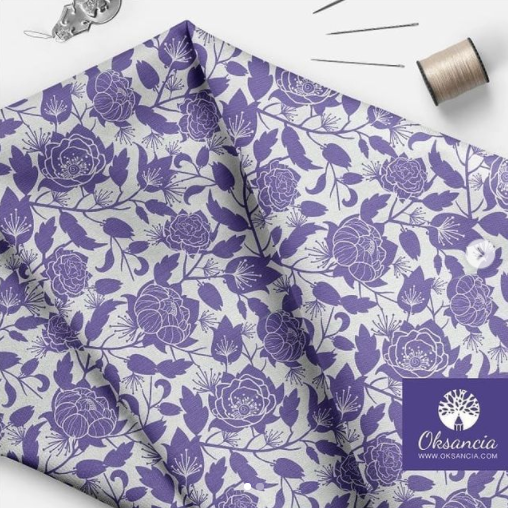
Tip number 15 – you need to pay taxes from the income that you make selling your art online.
I’m not an accountant and I’m not a lawyer. However, I recommend that you look into laws in your own country or consult somebody who is an accountant and also consult a lawyer so that you are sure that you pay properly in the country where you live.
Tip number 16 – design a brand for your creative business.
I know you might just be starting out, but it is important to have even a simple logo with your name on it. It doesn’t have to be anything fancy and you can change it later. I recommend that you have a picture of yourself, maybe with your art, maybe drawing or just a nice smiling picture of yourself. And I recommend that you ask a friend to take a few pictures of you working or with your artwork. That is very, very helpful to represent yourself on your own website or on Instagram or Facebook, for example, or different websites where your art lives.
Tip number 17 -you need to have a watermark – I call it a watermark logo – to put on each artwork
or to put on each photo of you working or a photo of your art. So that people know when they find that image online over the years, they will know where to go to find you. And I recommend that you have your website on it, the name of your brand. It needs to be small and not very distracting. So just simple text usually will do, however, you can put a simple logo in there as well.
Tip number 18 – show what your art will look like when it’s being used.
Maybe you create beautiful paintings? Create mock-ups of your artwork on the wall in different types of environments and interiors. If you are selling digital files, you can create mock-ups with that as well. Create a mock-up on a cup, on a dress, on kid’s clothes, whatever you want to create and want to sell it on, it’s useful to create mock-ups for that. Or maybe you can take pictures of that in your own home or in a friend’s home.
Tip number 19 – package your designs in sets if applicable.
If you have sets of things, you can try selling them separately at first. And then after a while, when you feel like the files are getting a little older, you can recolor them or just use them as is in a set if they go together logically. This creates a new life and a new interesting product for your shops.
And tip number 20 – analyze what sells for you and create more of the artwork that sold best already.
I recommend that you go back and analyze which were popular files, the most sold files, the most liked files, on websites that you are selling on. And they might differ by the way, from a website, which is very typical. And you will be able to see patterns of what to create next. You are able to create a plan, which is super, super helpful. I used that strategy many times over the years, and I was able to create new bestsellers this way.
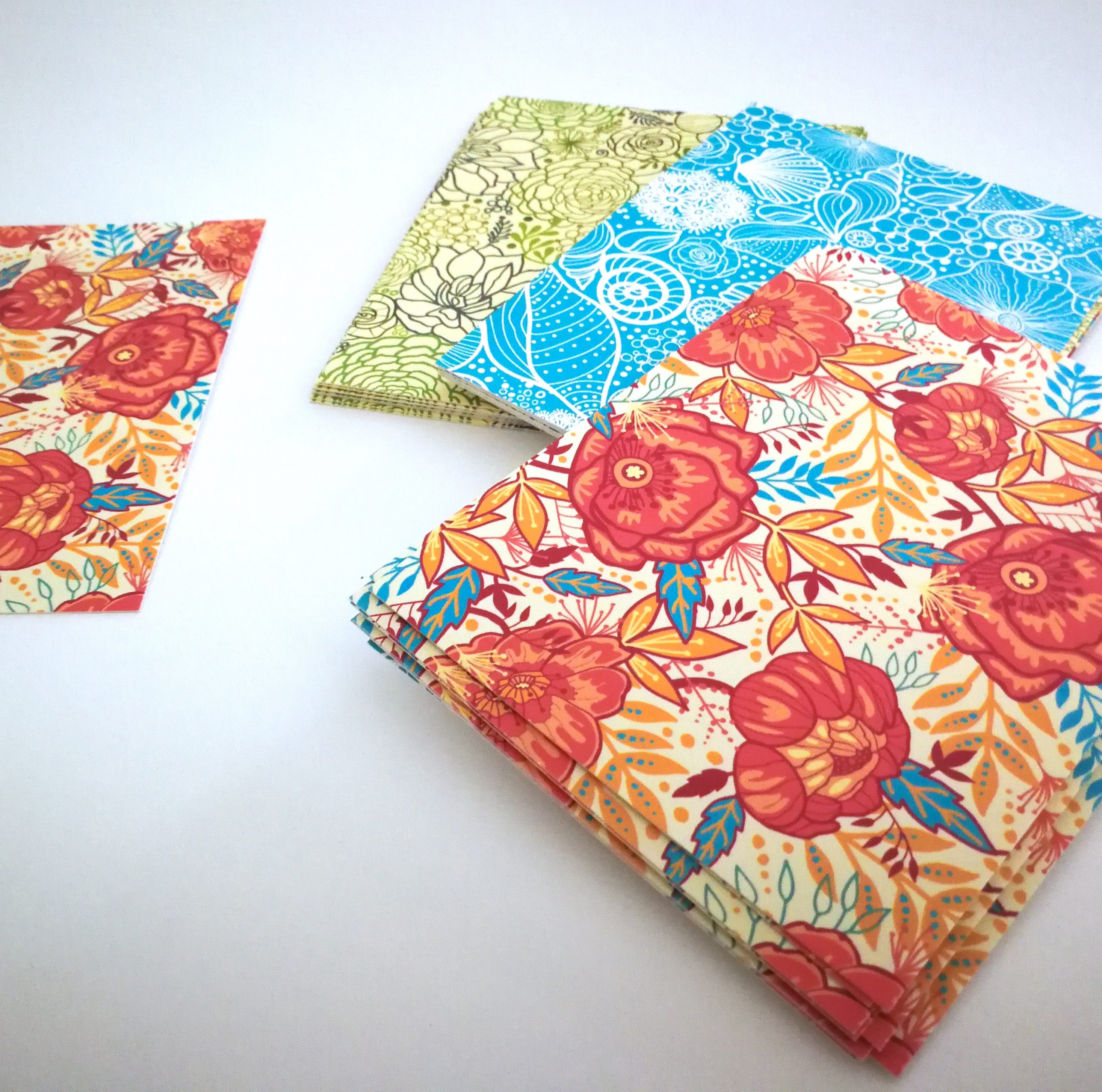
Phew! That was a very long list and we got through it 🙂 I hope you found some tips that were helpful to you.
Now, please comment below, which of these tips have you been already using? Maybe name one. And please name three of the ones you want to try. I’m so excited to hear, which are your favorites.
And as promised here is my Pattern Biz Workshop – a free, four-day series of video lessons for you where you can get a deep dive into a lot of these steps, plus many more in the longer format video. So that you can learn more and start the work or creative business today.
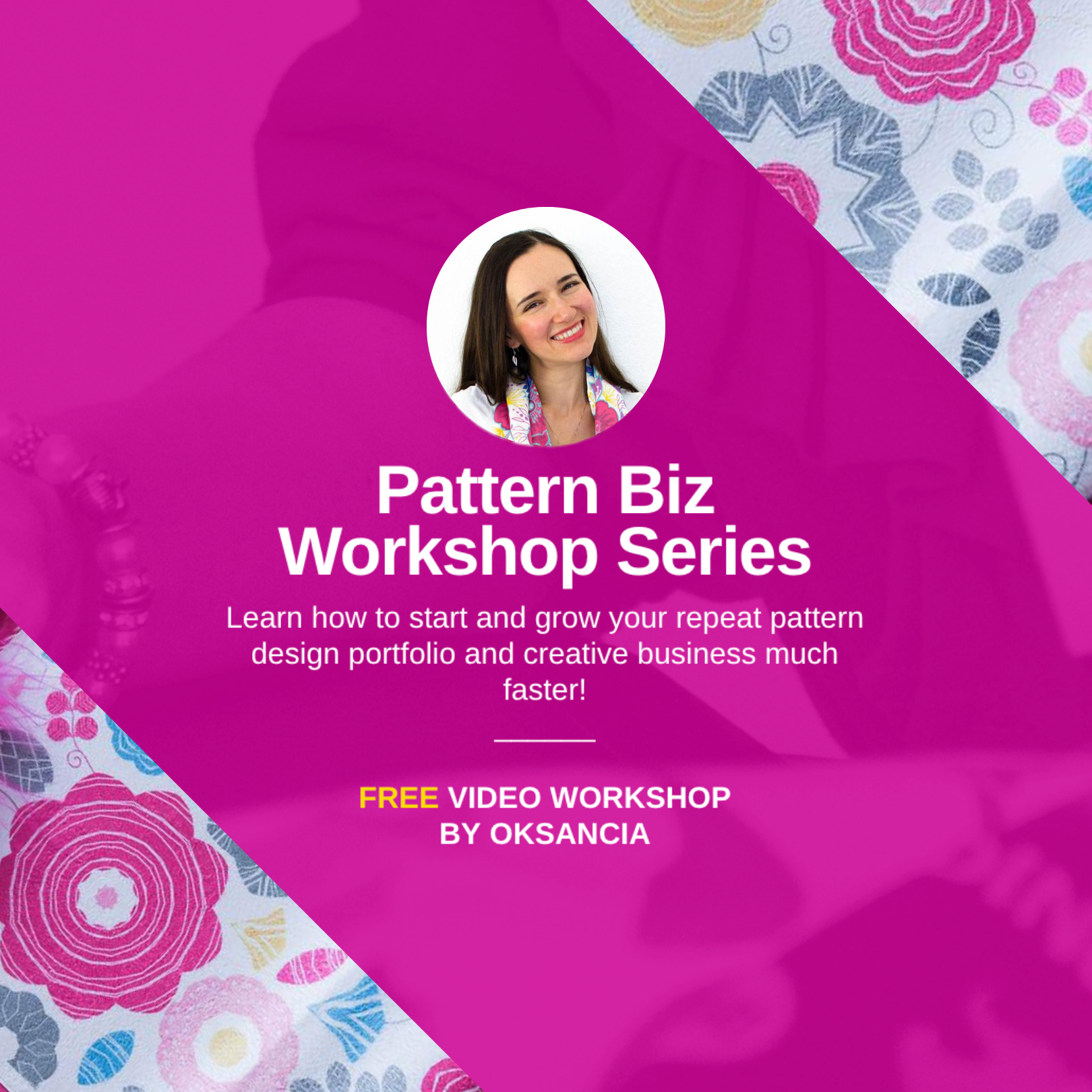
I hope you enjoyed it. I hope you like your gift and I will see you guys in my next video.
Grow, love, and create! Bye! 🙂 Oksancia

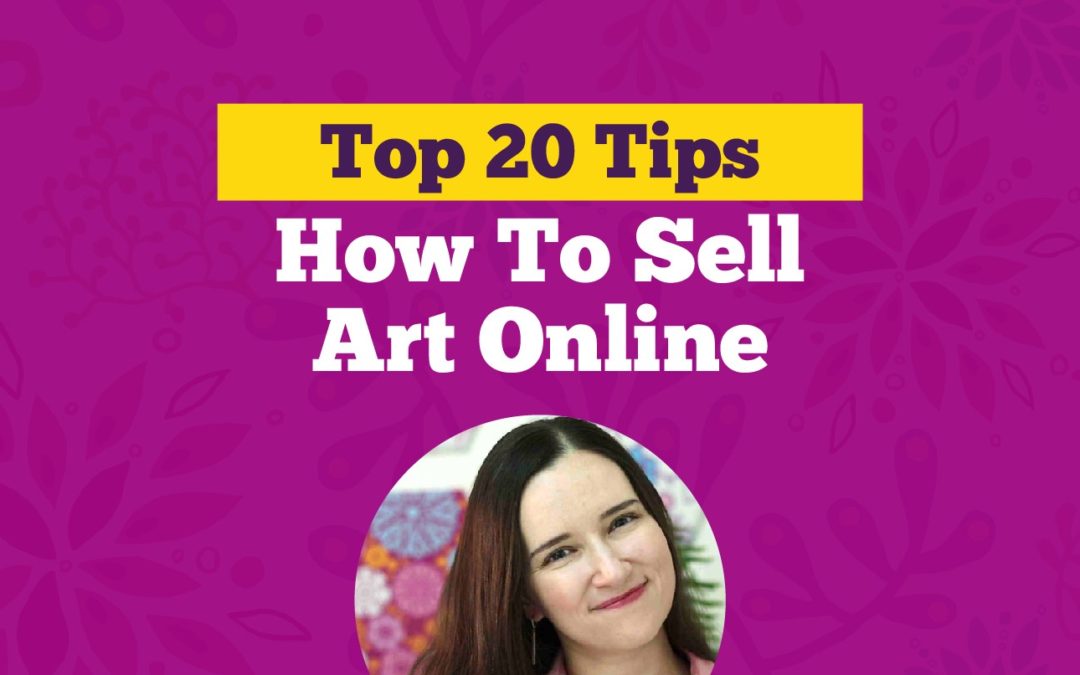
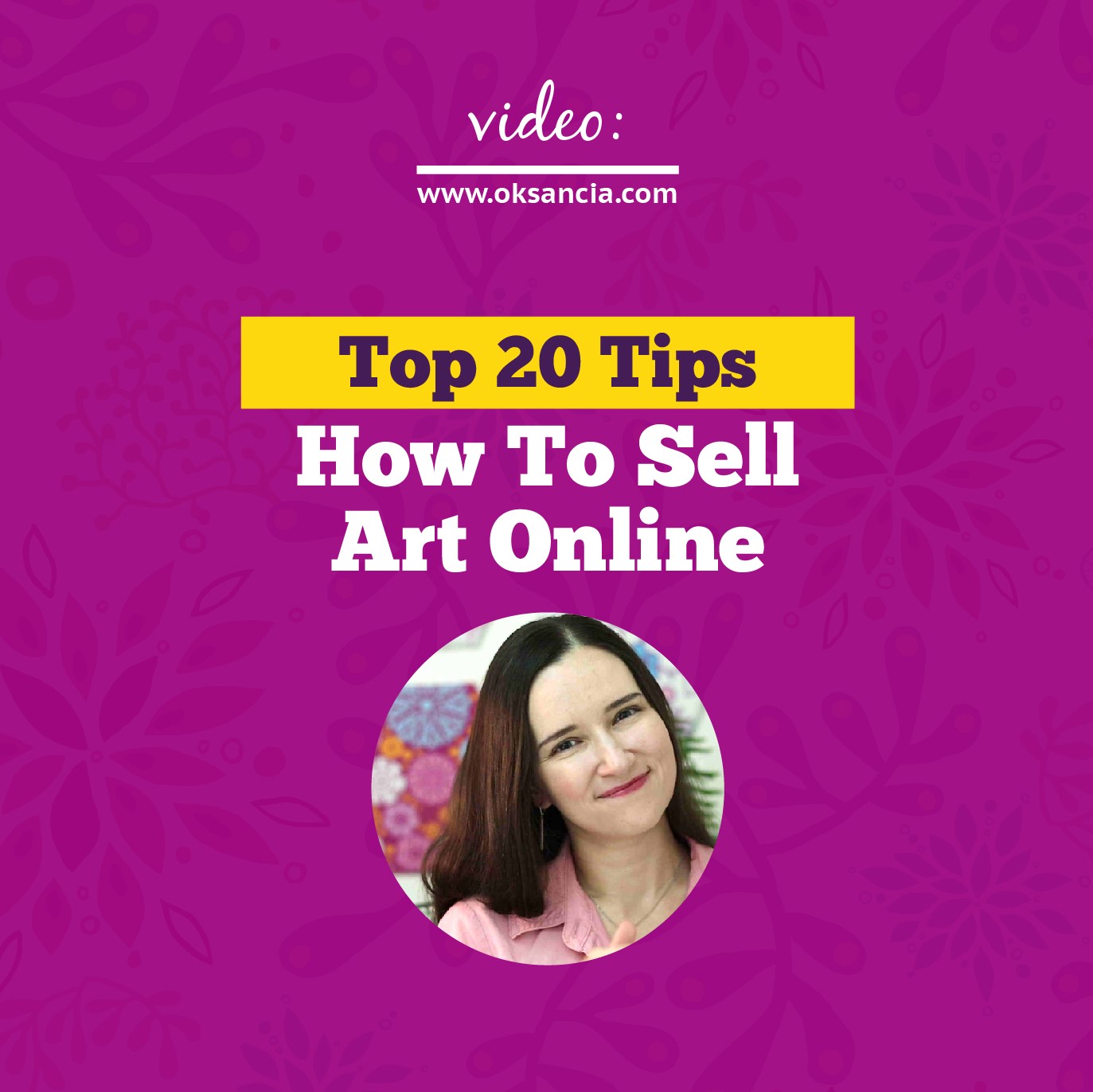
Recent Comments